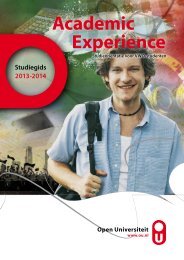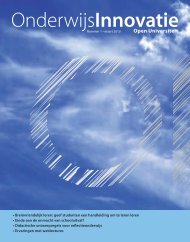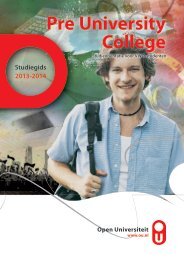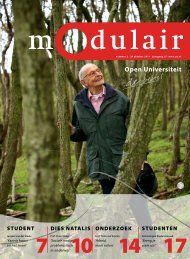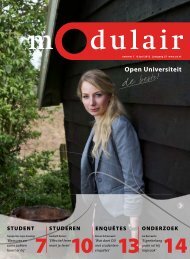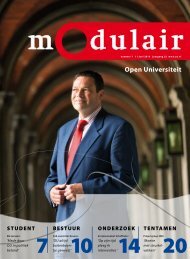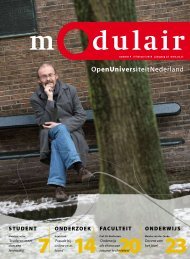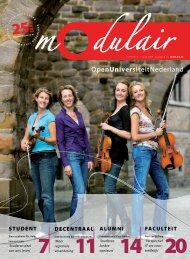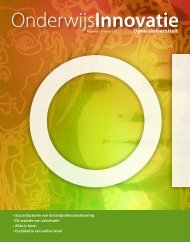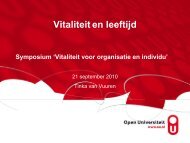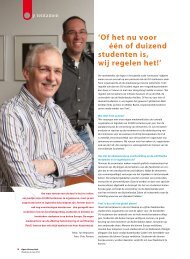TEACHING OLD DOGS NEW TRICKS: A PARADIGM OF LIFELONG ...
TEACHING OLD DOGS NEW TRICKS: A PARADIGM OF LIFELONG ...
TEACHING OLD DOGS NEW TRICKS: A PARADIGM OF LIFELONG ...
Create successful ePaper yourself
Turn your PDF publications into a flip-book with our unique Google optimized e-Paper software.
same time, learning to unlearn old and unprofitable habits, which may not only be<br />
injurious to the learner him/herself alone, but also detrimental to the developmental<br />
growth of the society in which he/she lives.<br />
Learning can be undertaken consciously or unconsciously, it can be planned or<br />
accidental, it can be acquired formally, informally or non-formally. It is difficult as<br />
much as it is unacceptable for anyone to consider himself/herself a completely<br />
knowledgeable person, thus requiring no further training in any form, to update his<br />
knowledge base, especially in this global technologically changing times, where<br />
yesteryears’ experiences are basically obsolete for solving today’s problems.<br />
Therefore, in order to meet up with the global changing world, we must aspire to<br />
become a learning society, which according to Omolewa (2008), starts from cradle but<br />
transcends the grave.<br />
To corroborate the idea of learning as cutting across all levels of people and<br />
throughout one’s lifespan, Oduaran (2002) opines that it will be culturally, socially,<br />
economically, politically and psychologically illogical, unfair and wasteful to confine<br />
learning to any one segment of life, society, location (space) and time. He goes<br />
further to advice that every resource in society [that is] capable of widening access to<br />
learning must profitably be utilized, so as to promote the goal of learning to live and<br />
living to learn, particularly for the betterment of humankind in the 21st century.<br />
One can compartmentalize learning into many boxes, as earlier shown above,<br />
however, within this premise, we would confine ourselves to the organized formal and<br />
non-formal learning processes which are consciously engaged in by individuals for the<br />
purpose of professional development. Going by this platform, it therefore, challenges<br />
individual to be able to make meaningful contributions to the society in which he/she<br />
lives as well as for the skills improvement of the “learner” for a better and quality job<br />
performance.<br />
Prompting Adequate Learning Outcome through Personal Belief<br />
Learners learn through several methods as there are unique differences both in<br />
people (DLs), learning environments/challenges, programme facilitators (PFs)<br />
(instructors or teachers), and or the materials to be learnt. Although the differentiallearning<br />
methods have been emphasized by several studies. Dunn and Dunn (1978)<br />
argued that learners are affected by their:<br />
1. Immediate environment (sound, light, temperature, and design);<br />
2. Own emotionality (motivation, persistence, responsibility, and need for<br />
structure or flexibility);<br />
3. Sociological needs (self, pair, peers, team, adult, or varied); and<br />
4. Physical needs (perceptual strengths, intake, time, and mobility),<br />
fundamental however is the learner’s ability in assessing his/her personal<br />
worth.<br />
When a learner believes in his or her capabilities to successfully perform a designed<br />
task and the PFs adequately stimulate a conducive learning environment, learning<br />
and learning outcomes are at apogee. Though Osiki (2008) research outcome has



